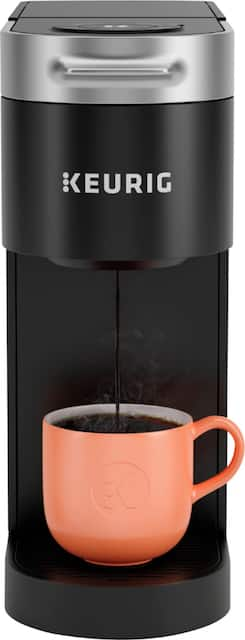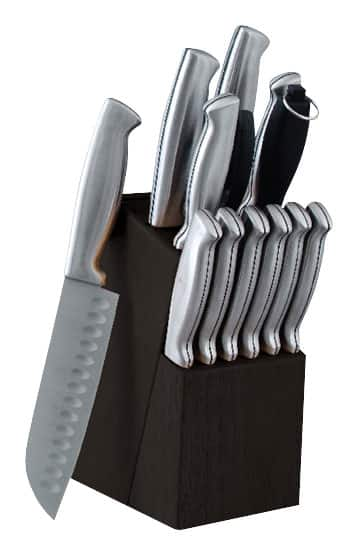KitchenAid Deluxe 4.5 Quart Tilt-Head Cobalt Blue Stand Mixer – 984105558
Soft Start helps to avoid ingredient splash and flour puff by starting at a lower speedTilt-Head Design allows clear access to the bowl to easily add ingredients for a recipe10 Optimized Speeds powerful enough for nearly any task or recipeStainless steel bowl holds 4.5 quarts.
With the KitchenAid Deluxe Series Tilt-Head Stand Mixer is a high-quality, home kitchen mixer that is known far and wide for its power, ideal size that fits perfectly anywhere on your counter, range of mixing speeds, inclusion of versatile mixing heads, and convenient space created specifically for the included mixing bowl to fit securely. This mixer features 10 speeds to thoroughly mix, knead and whip ingredients to your preferred consistency and texture in the stainless steel mixing bowl that holds up to 4.5 quarts. For even more versatility, use the power hub to turn your stand mixer into a culinary center with over 10 optional hub powered attachments, from food grinders to pasta makers and more. Make up to 6 dozen cookies in a single batch with the KitchenAid Classic Series Tilt-Head Stand Mixer.
KitchenAid Deluxe Tilt-Head Stand Mixer, 4.5 Quarts, Silver (KSM88SL):
Soft Start helps to avoid ingredient splash and flour puff by starting at a lower speedTilt-Head Design allows clear access to the bowl to easily add ingredients for a recipe10 Optimized Speeds powerful enough for nearly any task or recipeStainless steel bowl holds 4.5 quarts
Soft Start helps to avoid ingredient splash and flour puff by starting at a lower speedTilt-Head Design allows clear access to the bowl to easily add ingredients for a recipe10 Optimized Speeds powerful enough for nearly any task or recipeStainless steel bowl holds 4.5 quarts
- Model includes:
- (1) Coated Flat Beater
- (1) Coated Dough Hook
- (1) Wire Whip Shining
- silver color is perfect for any color scheme Great addition to your kitchen appliances, or as a gift for a new home-owner.
- Watts unit: 300 Units
Additional information
| Manufacturer Part Number | KSM88BU |
|---|---|
| Assembled Product Dimensions (L x W x H) | 8.75 x 13.75 x 14.00 Inches |









by Angelbebe
I bought a few days ago, it is the basic 300 watts 4.5qt classic. I’m a beginner and it’s perfect!
by Moyers
I am happy with my mixer will use it to make bread.
by Anna
I’m using it practically every other day . Been wanting like forever n now that I have it omg I’m loving every minute of it !
by Priya
I loved my mixer, I bought it too help me make bread and it’s super easy and fast now!
by Linda
was a mothers day gift and I love it. will recommend it to my friends and family.
by Steve
I love my new kitchen aid! It is so easy to use! Very easy clean up!
by Divizia
I’ve been wanting a mixer ever since getting married three years ago. Now that we’re stuck at home, I finally bought one. Wish I had bought one sooner! It’s so easy to use and looks beautiful on my countertop!